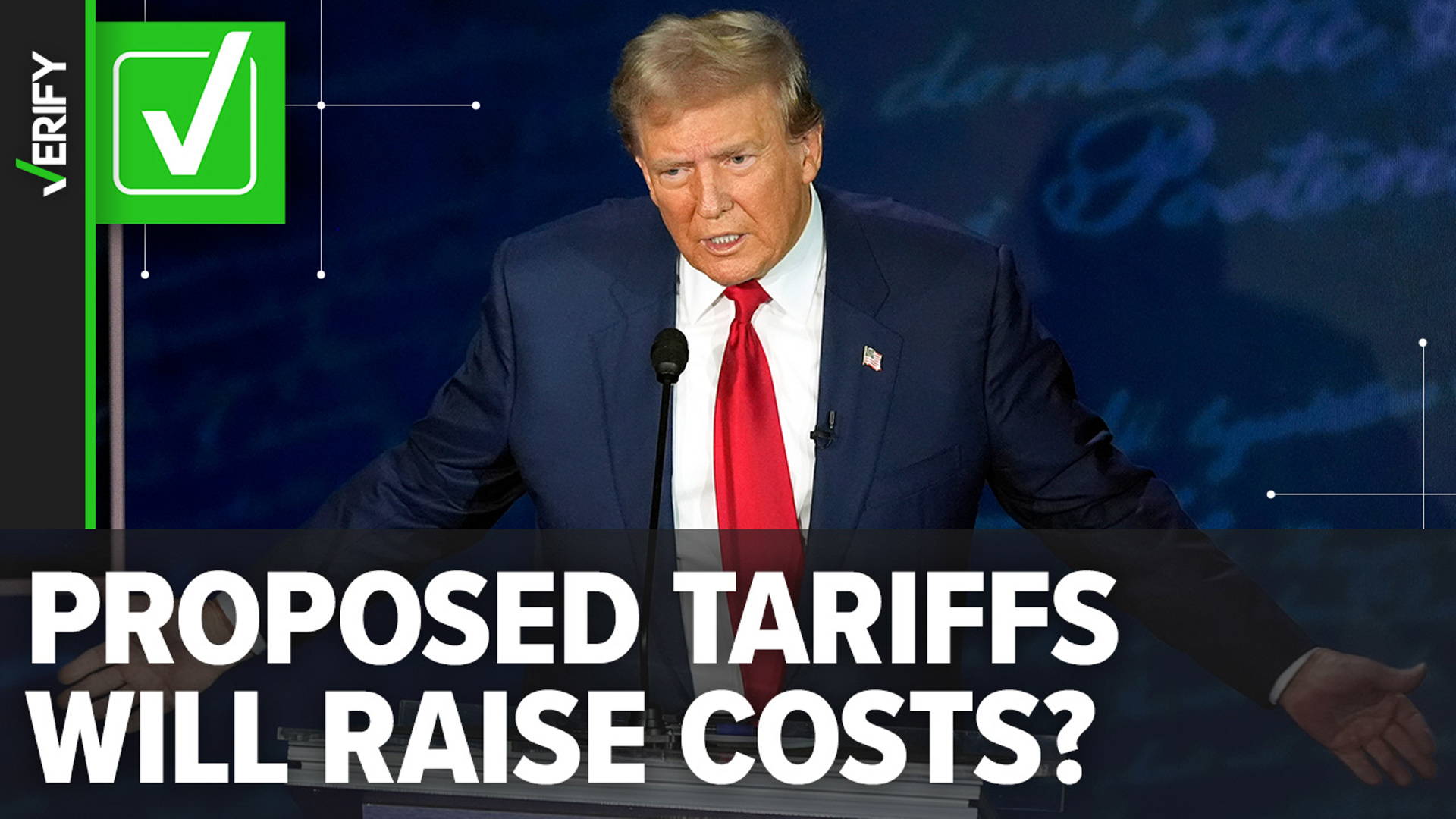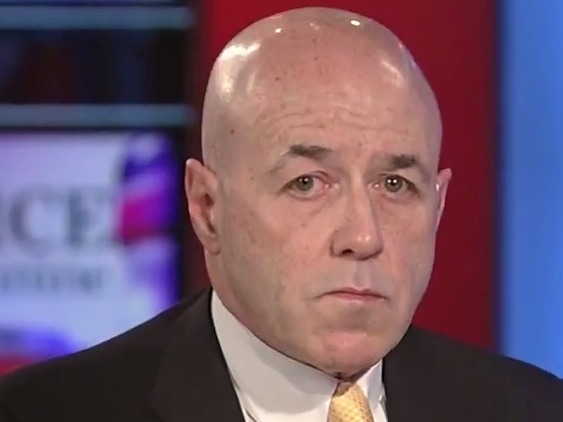Legal Challenge To Trump Tariffs: U.S. Court Ruling And Future Of Trade Policy

Table of Contents
The Legal Basis of the Trump Tariffs
The Trump administration justified the tariffs on steel and aluminum under Section 232 of the Trade Expansion Act of 1962. This section allows the President to impose tariffs if imports threaten national security. The administration argued that these imports weakened the domestic steel and aluminum industries, posing a risk to national security. However, this justification faced considerable criticism.
- National security justification: The broad interpretation of "national security" to encompass the steel and aluminum industries was highly contentious. Critics argued that the economic rationale overshadowed genuine national security concerns.
- Circumvention of WTO rules: The tariffs were seen as a circumvention of World Trade Organization (WTO) rules, which generally prohibit such protectionist measures without specific justifications. This led to retaliatory tariffs from other countries, escalating trade tensions.
- Criticisms of the broad scope of the tariffs: The tariffs applied broadly, affecting many countries, not just those identified as primary sources of concern. This sparked complaints that the measures were overly aggressive and disproportionate.
These actions created potential conflicts with various international trade agreements, particularly those under the auspices of the WTO, resulting in ongoing trade disputes and legal challenges.
Key U.S. Court Rulings on the Tariffs
Several significant court cases challenged the legality of the Trump tariffs. While the outcomes varied depending on the specific claims and jurisdictions, the rulings significantly impacted their implementation and enforcement.
- Specific court cases and their outcomes: Various cases were filed by businesses and industries affected by the tariffs, including those harmed by retaliatory tariffs imposed by other countries in response to the U.S. actions. Some courts upheld aspects of the tariffs, while others found flaws in their implementation or scope.
- Arguments presented by plaintiffs: Plaintiffs often argued that the tariffs were not justified under Section 232, that the national security justification was pretextual, and that the tariffs caused significant economic harm. They also highlighted the negative impact of retaliatory tariffs on their businesses and the U.S. economy.
- Government's defense of the tariffs: The government defended the tariffs by emphasizing the need to protect domestic industries vital to national security and argued that the economic benefits outweighed the costs.
These rulings demonstrated the complexities of tariff litigation and the challenges of balancing national security interests with international trade obligations. The lack of a uniform judicial interpretation across all cases underscored the ambiguity surrounding Section 232's application.
Analysis of the Court's Rationale
The court's rationale varied across different cases, but a common theme involved the interpretation of Section 232 and the assessment of the national security concerns.
- Interpretation of Section 232: Courts scrutinized the administration's interpretation of Section 232, debating whether the national security justification was sufficiently supported by evidence and whether the scope of the tariffs was proportionate to the identified threat.
- Consideration of economic impacts: Some courts considered the significant economic repercussions of the tariffs, both domestically and internationally, in their assessments of the legality and proportionality of the measures.
- Assessment of national security concerns: Courts examined the evidence presented regarding the actual threat to national security posed by the steel and aluminum imports. The lack of clear evidence linking imports to specific national security risks led to skepticism in some rulings.
Dissenting opinions in some cases highlighted the differing perspectives on the appropriate interpretation of Section 232 and the weight given to economic versus national security concerns.
Economic Impact and Implications
The Trump tariffs had significant economic consequences, both domestically and internationally.
- Impact on specific industries: The steel and aluminum industries initially saw some benefit, but this was often offset by increased costs for downstream industries reliant on these materials.
- Price increases for consumers: The tariffs led to increased prices for various goods, impacting consumers' purchasing power.
- Retaliatory tariffs imposed by other countries: Many countries retaliated with their own tariffs on U.S. goods, leading to a reduction in U.S. exports and harming various sectors of the U.S. economy.
- Overall effect on the U.S. economy and global trade: The net effect on the U.S. economy was debated, with studies yielding varying conclusions. However, the tariffs undoubtedly contributed to increased trade tensions and uncertainty in the global market.
The Future of U.S. Trade Policy
The court rulings on the Trump tariffs have significant implications for the future of U.S. trade policy.
- Increased scrutiny of future tariff actions: Future attempts to use Section 232 to justify tariffs will likely face increased judicial scrutiny, requiring more robust evidence of a genuine threat to national security.
- Potential changes to Section 232: The legal challenges may lead to legislative changes aimed at clarifying the scope and application of Section 232, preventing future abuse, and promoting greater transparency.
- Impact on the U.S.'s relationship with trading partners: The tariffs damaged the U.S.'s relationship with numerous trading partners, and repairing these relationships will require a more predictable and rules-based approach to trade.
- Shift in the balance of power within international trade organizations (WTO): The challenges to the tariffs highlight the limitations of unilateral trade actions and may strengthen the role of international trade organizations like the WTO in resolving trade disputes.
Conclusion
The legal challenges to the Trump tariffs and subsequent court rulings have underscored the complexities of balancing national security concerns with international trade obligations. The rulings' implications for future U.S. trade policy are profound, potentially leading to increased scrutiny of future tariff actions, legislative reforms to Section 232, and a shift towards a more multilateral approach to trade policy. Understanding the legal frameworks governing trade disputes and navigating the complexities of international trade policy is crucial. Stay informed about the ongoing developments in the legal challenges surrounding Trump tariffs and their implications for the future of U.S. trade policy. Further research into the specifics of tariff litigation and Section 232 is crucial for understanding the evolution of international trade.

Featured Posts
-
 La Receta Aragonesa Mas Sencilla Solo 3 Ingredientes
May 31, 2025
La Receta Aragonesa Mas Sencilla Solo 3 Ingredientes
May 31, 2025 -
 Nieuw Album Miley Cyrus Single Premieredonderdagnacht
May 31, 2025
Nieuw Album Miley Cyrus Single Premieredonderdagnacht
May 31, 2025 -
 Detroit Tigers Game Features Jack White A Conversation On Baseball And Cooperstown
May 31, 2025
Detroit Tigers Game Features Jack White A Conversation On Baseball And Cooperstown
May 31, 2025 -
 Who Reports New Covid 19 Variant Linked To Increased Caseloads
May 31, 2025
Who Reports New Covid 19 Variant Linked To Increased Caseloads
May 31, 2025 -
 Former Nyc Police Commissioner Bernard Kerik Passes Away At 69
May 31, 2025
Former Nyc Police Commissioner Bernard Kerik Passes Away At 69
May 31, 2025
